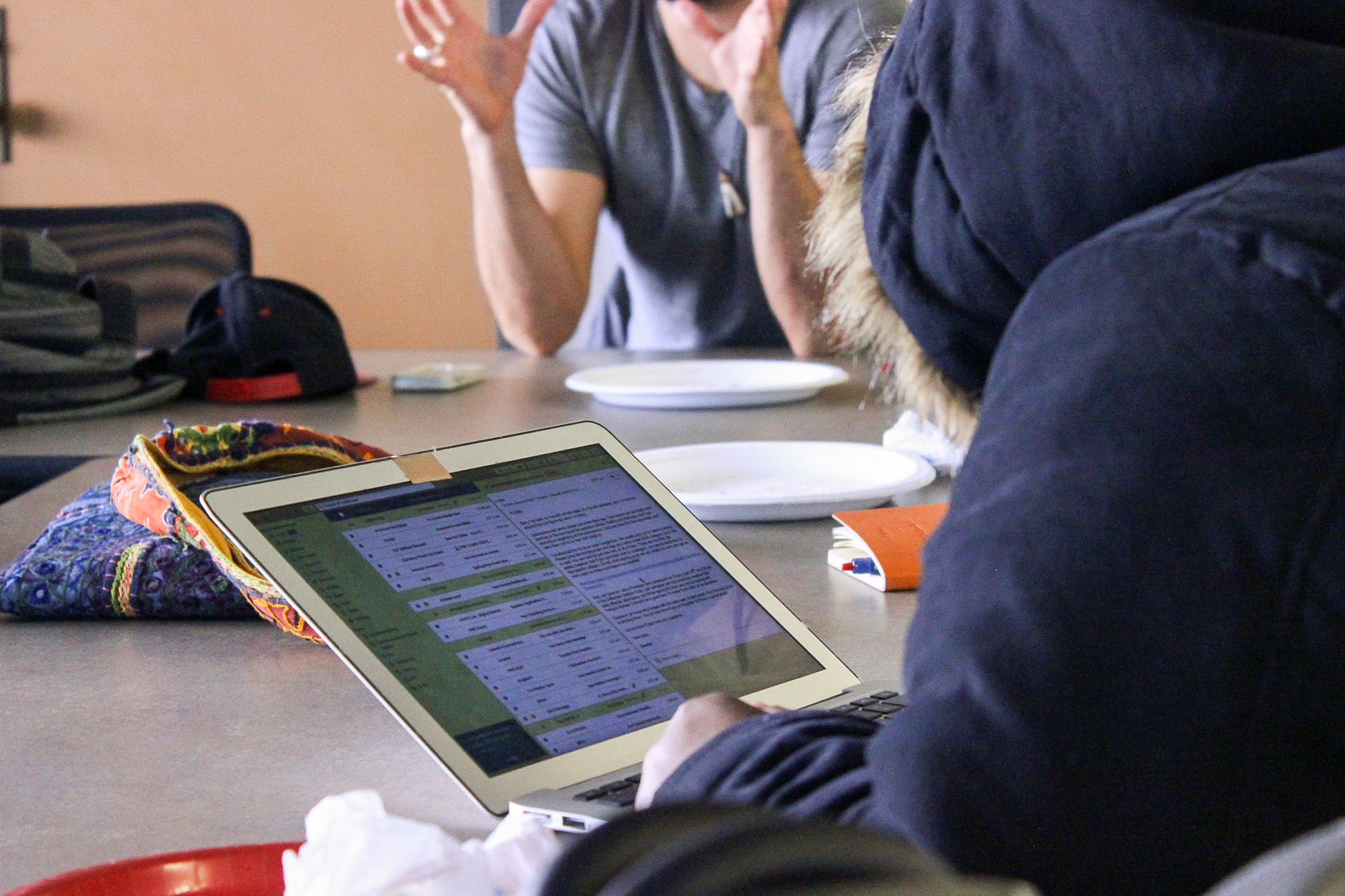By Frances Clause
Digital Humanities projects have added creativity, collaboration and value to a society immersed in technology. A new DH organization at Youngstown State University aims to assist students with their own innovative ideas.
Digital Humanities integrates computer technology into scholarly activities to create projects that are more than long texts and papers. Multimedia, metadata and dynamic environments are three of many DH components that can be incorporated into research and projects.
Diana Palardy, a Spanish professor and coordinator of the DH working group at YSU, believes DH has become increasingly relevant and necessary on campus.
“Knowledge about ways that students in the humanities could utilize digital tools to meaningfully enhance their academic projects could be a helpful way for them to showcase their talent and their versatility when they go on the job market,” she said.
“For example, a history student that knows how to use Omeka to create a digital exhibit could demonstrate their skills in both critical thinking and technology,” she added.
Palardy’s involvement with DH began when she became interested in exploring new types of research projects that could take her beyond her conventional modes of analysis.
“For years, I have been engaged in traditional literary analysis, and I believe that is a valuable endeavor,” she said. “As I have started to see other types of projects involving various forms of technology, I see how other modes of analysis are possible and that is exciting to me.”
Julie Johnson, a sophomore individualized curriculum linguistics major, is inspired by DH and its ability to connect students, professors and advisers.
“Many students are very introverted or struggle with strictly face-to-face learning in a traditional sense,” she said. “The Digital Humanities are giving students, graduates and people who want to do individual work away from higher education an outlet for their creative ideas that go above standardized testing.”
Johnson is confident DH can begin to provide the creative platforms many students need in order to succeed in school.
“Learning in the classroom is something many students struggle with, and learning how to be a flexible and innovative teacher is difficult but nowhere near impossible,” she said.
Johnson’s ideas for the student DH organization include finding out what students want and the tools that would assist different types of learners.
Mackenzie Mettille, a sophomore middle childhood education major, used DH tools to create his own online portfolio in an education technology course.
“This was a class project that I started last year, but I decided to continue with it as I started making a lot of connections with employers that could lead to jobs in the future,” he said.
Mettille said one of the biggest takeaways from his project was how to make strong connections with other educators.
“I was able to share [the portfolio] with school districts and teachers from all over the country,” he said. “I hope to share how I went about creating this with the Digital Humanities group and show them the benefits.”
For more information or to get involved with the student DH organization, contact the group’s advisers, Rachel Faerber-Ovaska at rofaeberovaska@ysu.edu and Linda Strom at ljstrom@ysu.edu.
